In this article, we will discuss how using Vivitrol for alcohol disorders can help reduce the likelihood of relapse and end cravings. It blocks alcohol-induced euphoria by plugging the brain’s opioid receptors.
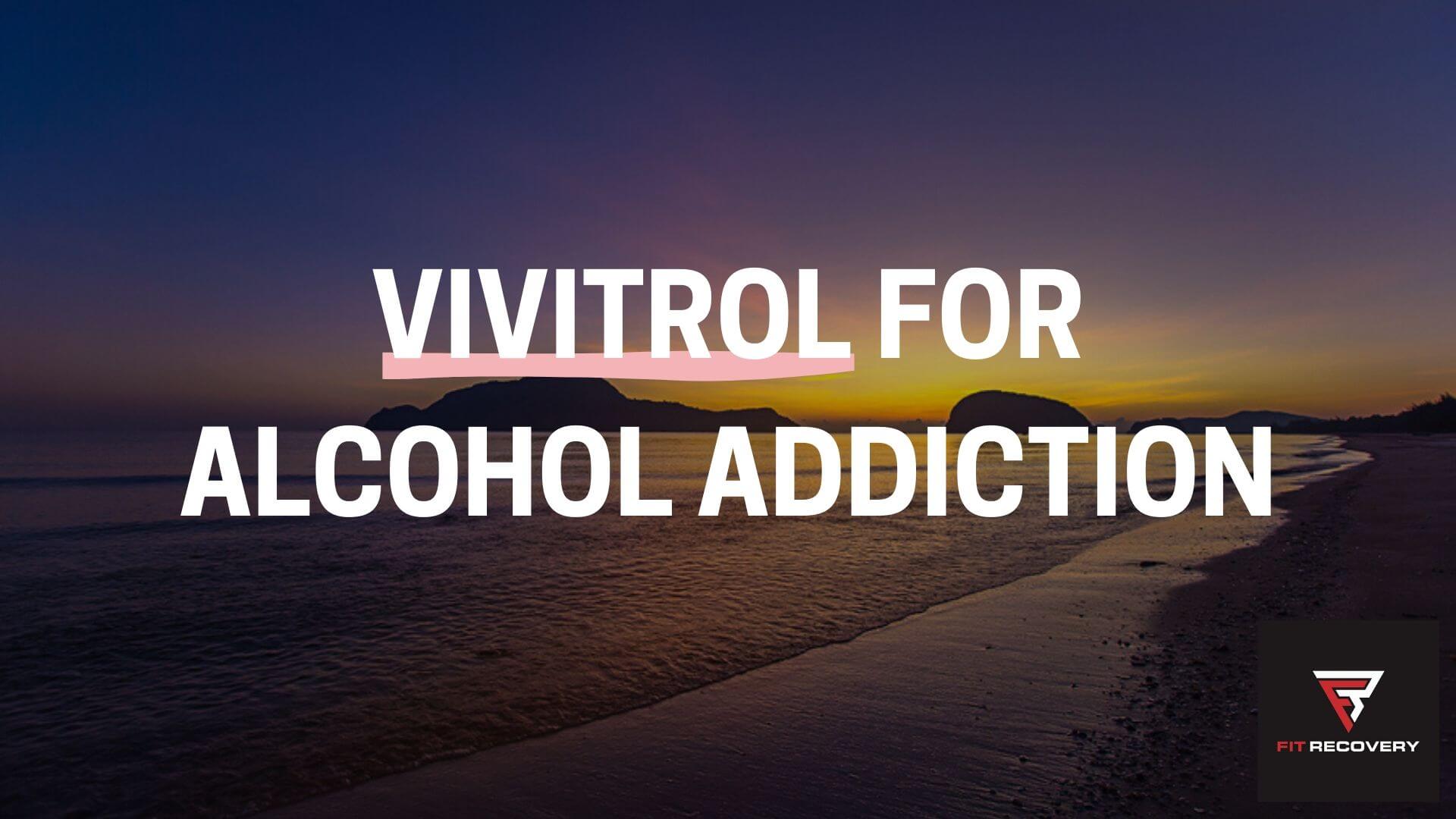
The use of this medication is similar to the Sinclair Method, except that it is a long-acting shot that does not require a pill to be taken before every drinking session.
Patients typically receive the shot once per month.
We will now go deeper into the pharmacology, research studies, the pros and cons, and alternatives.
How Vivitrol Blocks Alcohol
Vivitrol is a long-acting shot version of naltrexone hydrochloride, a generic medication that has been federally approved to treat both opiate and addiction.
It is an opioid antagonist, meaning that it plugs the same brain receptors as opiates and endorphins (the brain’s natural pleasure chemicals). Instead of producing pleasurable effects, it sits in the receptor site and simply blocks pleasure chemicals from entering.
Specifically, it blocks the mu-opioid beta-receptor. You can see how this works in the picture below, which portrays the action of the Vivitrol shot.

When drunk, the brain releases endorphins, which are endogenous opioids that are also released in response to exercise, food, sex, and other pleasurable activities.
Vivitrol therefore prevents drinkers from feeling pleasure when they drink. When oral naltrexone is consumed, it must be taken before every drinking session to be effective.
It was approved for addiction in 2006 after research demonstrated that it reduced the amount of drinking and the severity of relapses.
There is some evidence that this medication contributes to a higher likelihood of remaining abstinent. However, the mechanism through which it works to extinguish cravings requires both Vivitrol and alcohol to both be present, over the course of repeated episodes of drinking. This process is called pharmacological extinction.
Pharmacological Extinction
In other articles, we have partially explained addiction as an attempt to maintain comfortable levels of GABA, which is the brain’s primary calming neurotransmitter.
Yet as any heavy drinker knows, the calming effect of drinking is only half of the equation. The other half is the profound sense of pleasure, euphoria, and reward that our brains come to associate with drinking.
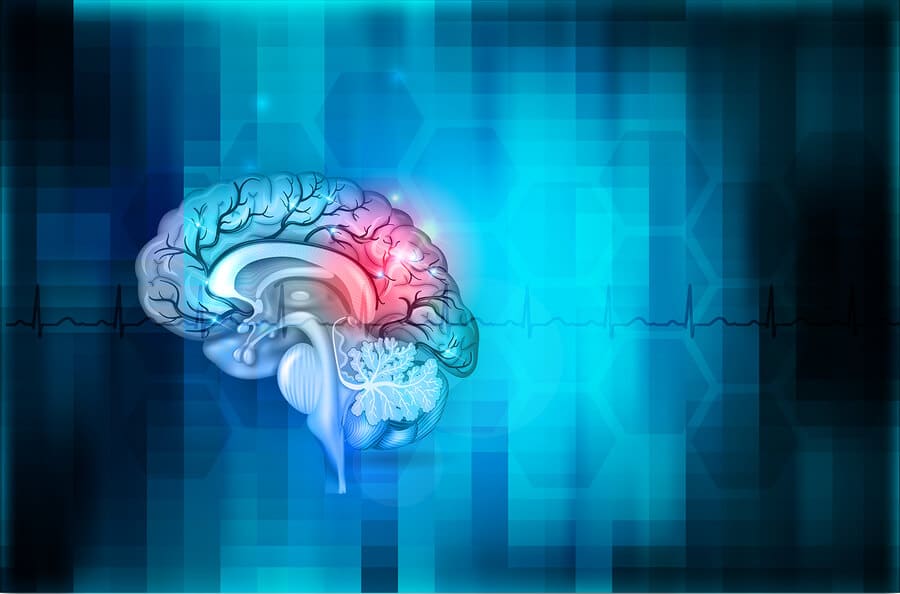
For people who are actively addicted, nothing releases endorphins as intensely as large quantities of drinking.
In the past few decades, scientists have concluded that alcohol’s effects are mediated at least partly through the brain’s internal opioid system. This system is closely connected to the dopamine system, which is responsible for learning, motivation, and sense of reward.
From an evolutionary perspective, this makes sense: We need to remember things in our environment that give us pleasure so that we can instinctually seek them out in the future. But for people with addiction, the brain’s attempts to automate goal-seeking ends up threatening survival itself.
The progression of drinking can therefore be seen as a learned behavior even though the drinker has no conscious control over it. This kind of subconscious learning is reinforced by a chain reaction of neurotransmitters beginning with endorphins, which eventually causes the brain to release dopamine at the very idea of drinking. For an addict in withdrawal, a single thought can easily begin the process of getting ready to go obtain alcohol from a store or a bar.
Pharmacological extinction is the gradual reversal of drinking as a learned behavior. Paradoxically, it is made possible only by drinking while on the shot or after taking oral naltrexone, allowing the drinker to stop feeling pleasure and euphoria from the act of drinking. Over time, the drinker’s internal opiate system and dopamine system rewire so that the thought of alcohol produces a state of indifference rather than craving.
In a sense, pharmacological extinction is the addict equivalent of training Pavlov’s dogs to associate the bell with no food at all (and therefore no salivation or craving).

If a person with addiction stops getting the shot and continues to drink indefinitely, endorphins will be released that can rekindle their addiction all over again.
Research Studies
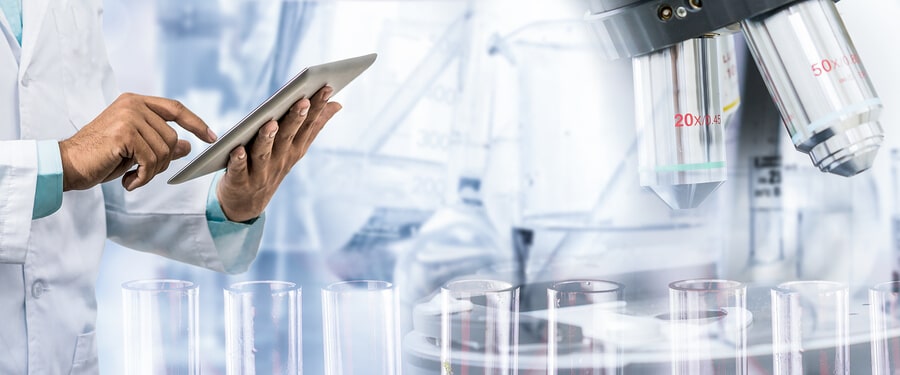
Studies show promising results for alcoholism treatment:
- In a 2005 double-blind, placebo-controlled study, the administration of 380 mg reduced episodes of heavy drinking and increased the likelihood of remaining abstinent
- A 1998 study found that a shot of long-acting naltrexone significantly reduced consumption for 20 alcohol-dependent subjects
- Out of 14 clinical trials conducted through 2001, only two failed to demonstrate the efficacy of naltrexone for alcohol disorders
- A 2014 meta-analysis found that naltrexone for alcohol disorders is effective at reducing heavy drinking and extinguishing cravings
The last study points to a recurring theme on this site: Due to biochemical individuality, some treatment methods work better for some people than for others. With that said, this medication is one of the most effective treatments available.
Oral Naltrexone vs Vivitrol
The following considerations may be useful if you are trying to decide:
- Convenience: A monthly shot of Vivitrol solves the problem of patient noncompliance, which accounts for the majority of failures in naltrexone studies.
- Efficacy: They both have similar efficacy when compliance for the latter is taken into account
- Cost: While oral naltrexone costs on average $11 per month, Vivitrol costs up to $1,100 per month. This cost differential is huge, although some patients do better on Vivitrol because it relieves them of the discipline required to take a pill.
- Days Off Naltrexone: A benefit of naltrexone is that once drinking is under control and no longer a daily habit, a user can take days off of the pill to enjoy exercise and other activities that stimulate endorphins.
- Proponents of the Sinclair Method tend to have mixed opinions.
While Vivitrol’s efficacy lasts for 2-4 weeks (usually closer to 4 weeks), the naltrexone pill exerts effects for a day or two, depending on the dosage.
Note: In severe cases, as defined by high alcohol consumption, detoxification with medications may be necessary before introducing this medication. Usually, 3-7 days of abstinence are recommended before treatment with this medication. (source)
Before taking it, be sure to review the following:
Alternative Treatment Methods

Not everyone can obtain a prescription and get injected by trained medical staff. Fortunately, more addiction treatment professionals have undergone training in how to administer Vivitrol in recent years.
While this is a unique form of harm reduction, there are alternatives – including drugs that have been shown to be effective in controlling cravings when administered for long periods of time.
Conclusion
The use of Vivitrol for addiction is a little-known but highly effective treatment that can potentially save thousands of lives. While not everyone responds well, greater awareness of this pharmacological option can improve recovery odds for many people.
There is no one-size-fits-all approach for detox and recovery. Most people who quit drinking are not enlightened about other pharmacological options, nutrient repair, the hypoglycemic trap that so many recovering alcoholics fall into, or holistic strategies for improving quality of life.
Check Fit Recovery’s list of supplements that work best for supporting the brain-body system through recovery.
If you have any questions, please leave them in the comment box below.
___________________________________
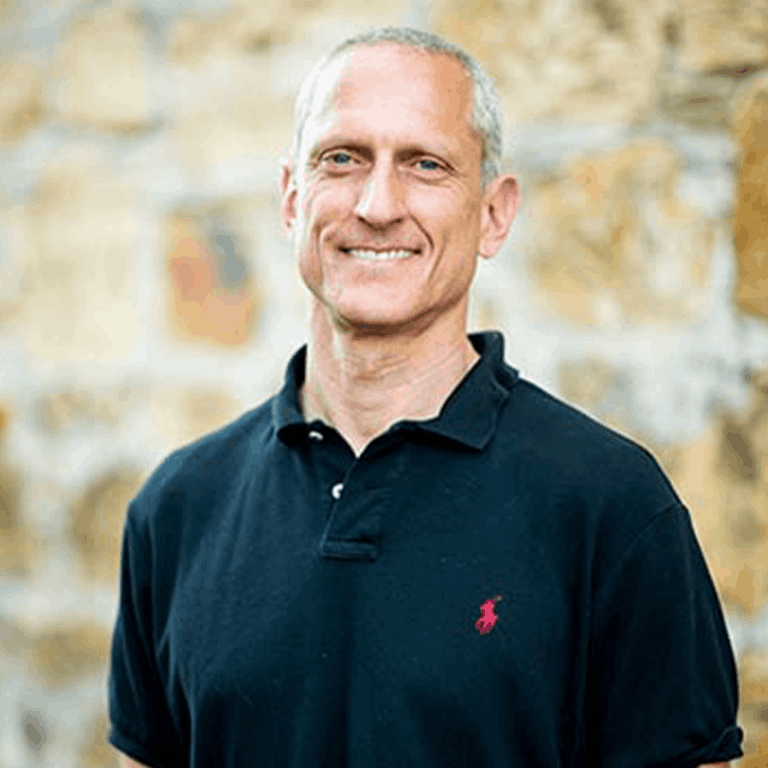
Dr. Ken Starr is board-certified in both Addiction Medicine and Emergency Medicine, and diplomate of the American Board of Addiction Medicine. In addition to his work as the Addiction Medicine Director for Fit Recovery, he operates Ken Starr MD Wellness Group in Arroyo Grande, CA. His clinic offers advanced drug and alcohol detox methods, long-term recovery facilitation, and IV nutritional programs including NAD+ therapy.
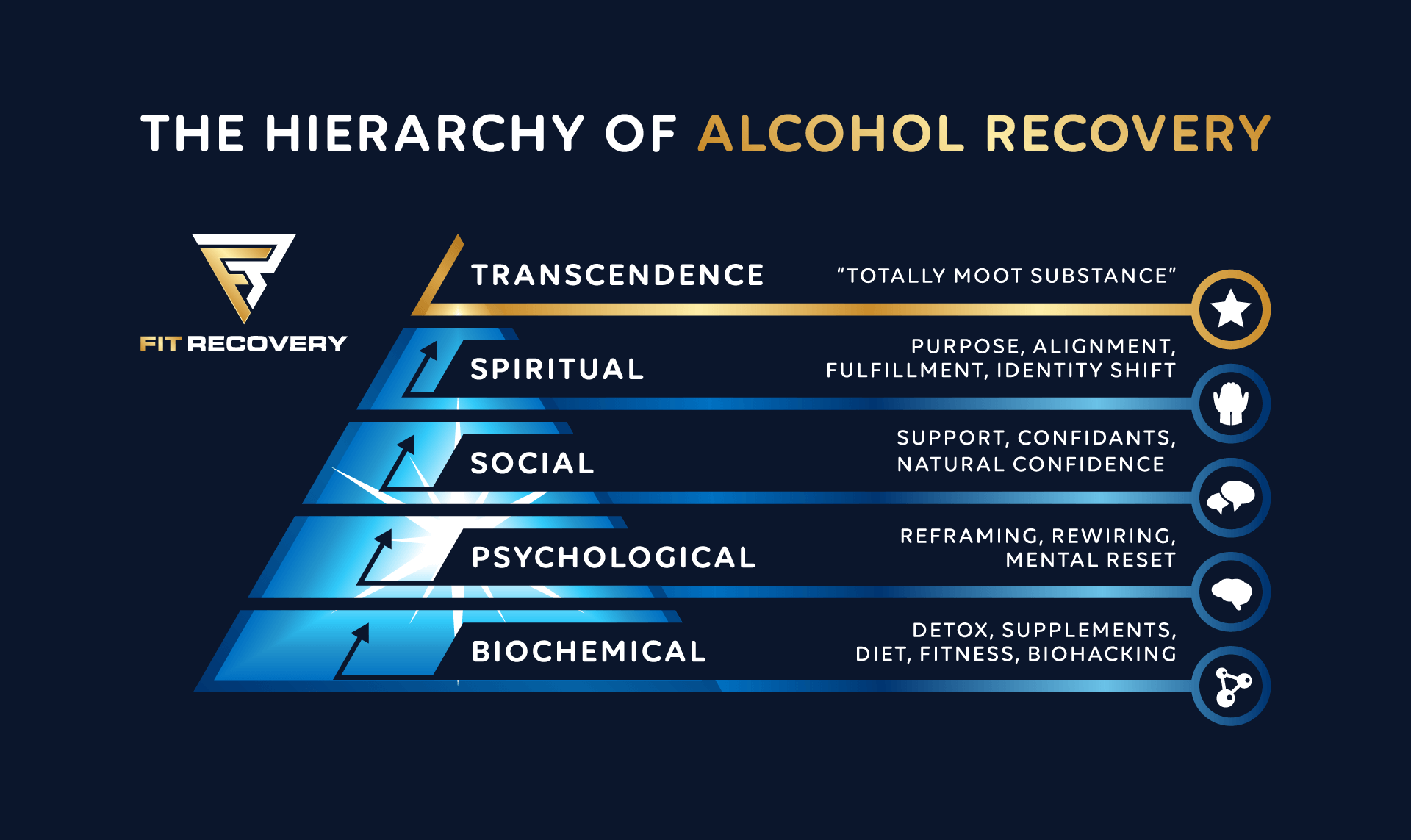
Author
-
Dr. Ken Starr is board certified in both Addiction Medicine and Emergency Medicine, and diplomate of the American Board of Addiction Medicine. In addition to his work as the Addiction Medicine Director for Fit Recovery, he operates Ken Starr MD Wellness Group in Arroyo Grande, CA. His clinic offers advanced drug and alcohol detox methods, long term recovery facilitation, and IV nutritional programs including NAD+ therapy.
View all posts

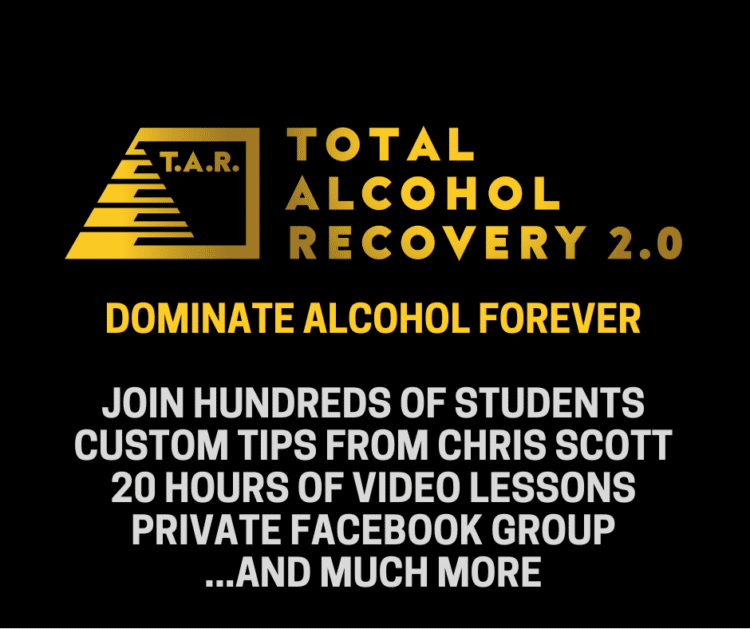

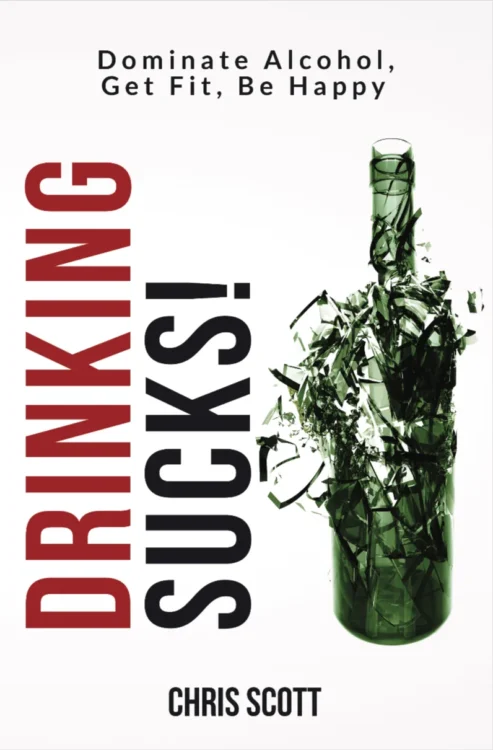
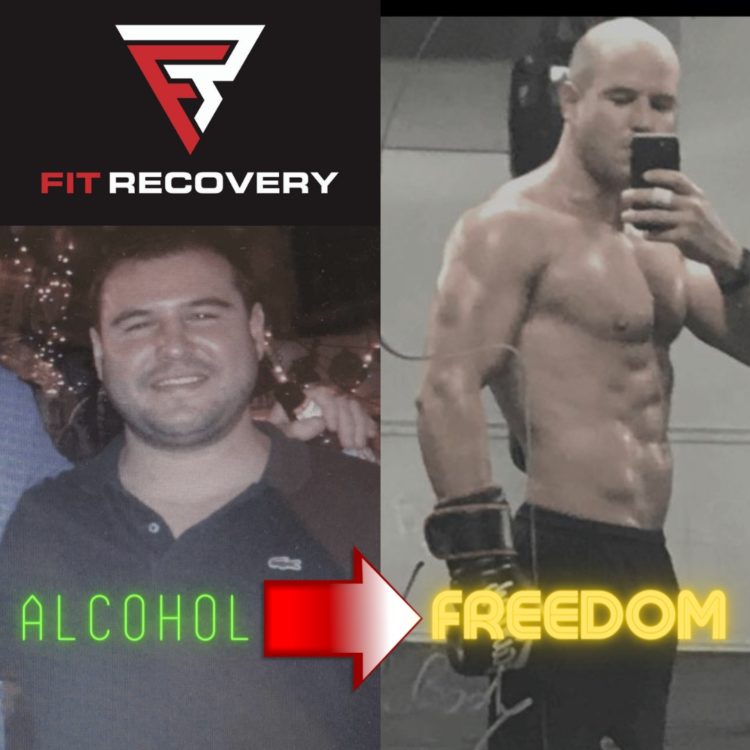
[…] Naltrexone hydrochloride is a medication that has been approved to treat opioid addiction for decades, and alcohol addiction since 1994. Naltrexone is the generic name for this drug, and brands include an oral pill called Revia and a long-acting shot called Vivitrol. […]
hello i am an an alcoholic i have been drinking roughly 30 years 3 months ago i started the vivotrol shot i get my shot at a clinic they dont give me any info but i started doing research and found your site love it great info im eventually going to do your 2.0 program anyway since i started the vivotrol shot i still drink but its differnt now when i do drink i dont drink very much i used to drink until i passed out i dont do that anymore i go several days now without a drink and… Read more »
Hi Daniel, great question. In the U.S., emphasis for addiction treatment is on abstinence only. This is usually why no one talks about pharmacological extinction, which is the mechanism by which naltrexone/vivitrol work.
To answer your question, yes – drinking while on the vivitrol shot (assuming proper dosage) should result in gradual elimination of the desire to drink. In severe cases of alcohol dependence, people are advised to detox first before using naltrexone or vivitrol.
It sounds like this method is working for you. Keep it up and be sure to repair your body and brain!
thank you scott im going to keep working on my problem and thank god i found your site you have more info than anyone i no about alcholism that also includes rehab centers thx again and bless
You’re very welcome Daniel! Keep it up!